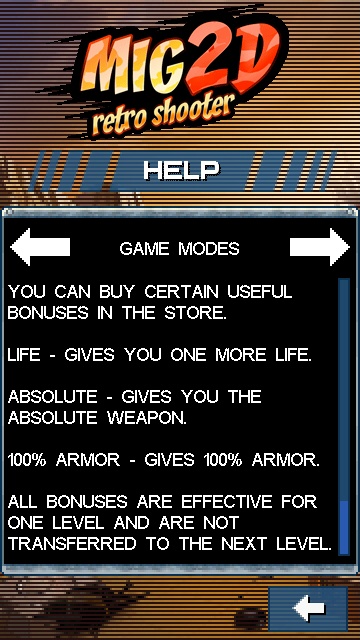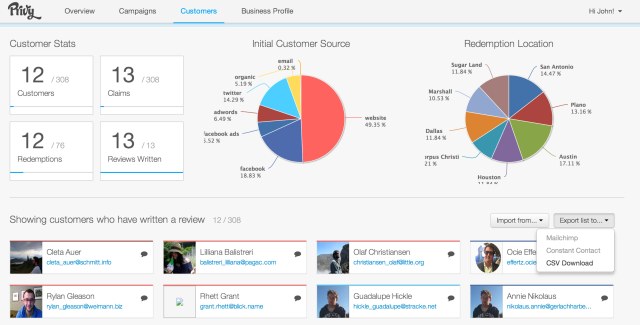On my last visit to Yahoo at the end of July, it was as if a dark cloud had been lifted. Employees enthuastically lined up to enter the cafeteria in the first week of "Free Lunch". URL's, Yahoo's main cafeteria, was more packed than a typical Tuesday. Many expressed how excited they were about the future of their company.
"I used to worry about my team quitting; not anymore!" said an engineering manager with a big smile.
"I was looking for a job but I am going to stick around for a while!" exclaimed another employee.
During the regrettable five month reign of former CEO Scott Thompson, Yahoos rarely saw him on campus. In stark contrast to her predecessor, new CEO Marissa Mayer is often spotted in the cafeteria and at FYI (Yahoo happy hours) every Friday when execs showcase their products. You'd be an idiot not to stay a little while, at least to take in the Marissa spectacle.
However, despite atmosphere of excitement due to the arrival of a morale-boosting celebrity CEO, a few Yahoo employees continue to feel trepidation about company strategy, or lack thereof. After all, it's been more than eight months since the company had a clear direction to march toward, and it still doesn't.
But it seems that the new executive is, smartly, taking a few cues from other well-respected founder-CEOs.
- When Marissa announced free lunch, she channeled the Apple founder by referencing "One More Thing" (Steve Jobs).
- She plans to review and approve each hire (Larry Page).
- She shuns PowerPoint and asks VPs to explain their products by drawing on the whiteboard (Jeff Bezos – when you present to Jeff, you write it in prose).
- AllThingsD reported that she's hiring a COO to run the business side, freeing her up to focus on product and innovation (Mark Zuckerberg).
As a former Yahoo myself, it will be interesting to see what happens to the beleaguered company when a product-driven, consumer-focused CEO is running the show. I, for one, can't wait to meet her at Disrupt SF. I also look forward to the day when Marissa finally resolves the decade-old question – "Is Yahoo a technology or a media company?" Because she's already banned, "What is Yahoo?"
Editor's Note: Christine Ying is TechCrunch's new product manager, who (obviously) used to work at Yahoo before she came to TC.
[Image credits: David Geller,
Andreas Weigend, James Duncan Davidson, Guillaume Paumier]
Marissa Mayer is CEO of Yahoo. Previously as a VP at Google, Marissa Mayer led the product management and engineering efforts of Google's local, mobile, and contextual discovery products including Google Maps, Google Maps for Mobile, Local Search, Google Earth, Street View, Latitude and more. At 36 years old, she was also the youngest member of Google's executive operating committee. During her 12 years at Google, Marissa led product management and design efforts for Google web search, images, news,...
 The 20 million+ people worldwide on Foursquare have created an incredibly detailed crowdsourced directory. BlindSquare is a new app that's making use of Foursquare's 2 billion check-ins worldwide to help blind pedestrians find locations on foot or while using public transportation.
The 20 million+ people worldwide on Foursquare have created an incredibly detailed crowdsourced directory. BlindSquare is a new app that's making use of Foursquare's 2 billion check-ins worldwide to help blind pedestrians find locations on foot or while using public transportation.


 The
The  Name:
Name: 

 The non-profit organisation TED is responsible for some of the most inspiring talks relating to technology and innovation in circulation today.
The non-profit organisation TED is responsible for some of the most inspiring talks relating to technology and innovation in circulation today. 







































![OneTwoSeelogo-final1[1]](http://tctechcrunch2011.files.wordpress.com/2012/06/onetwoseelogo-final11.png?w=640&h=511)
